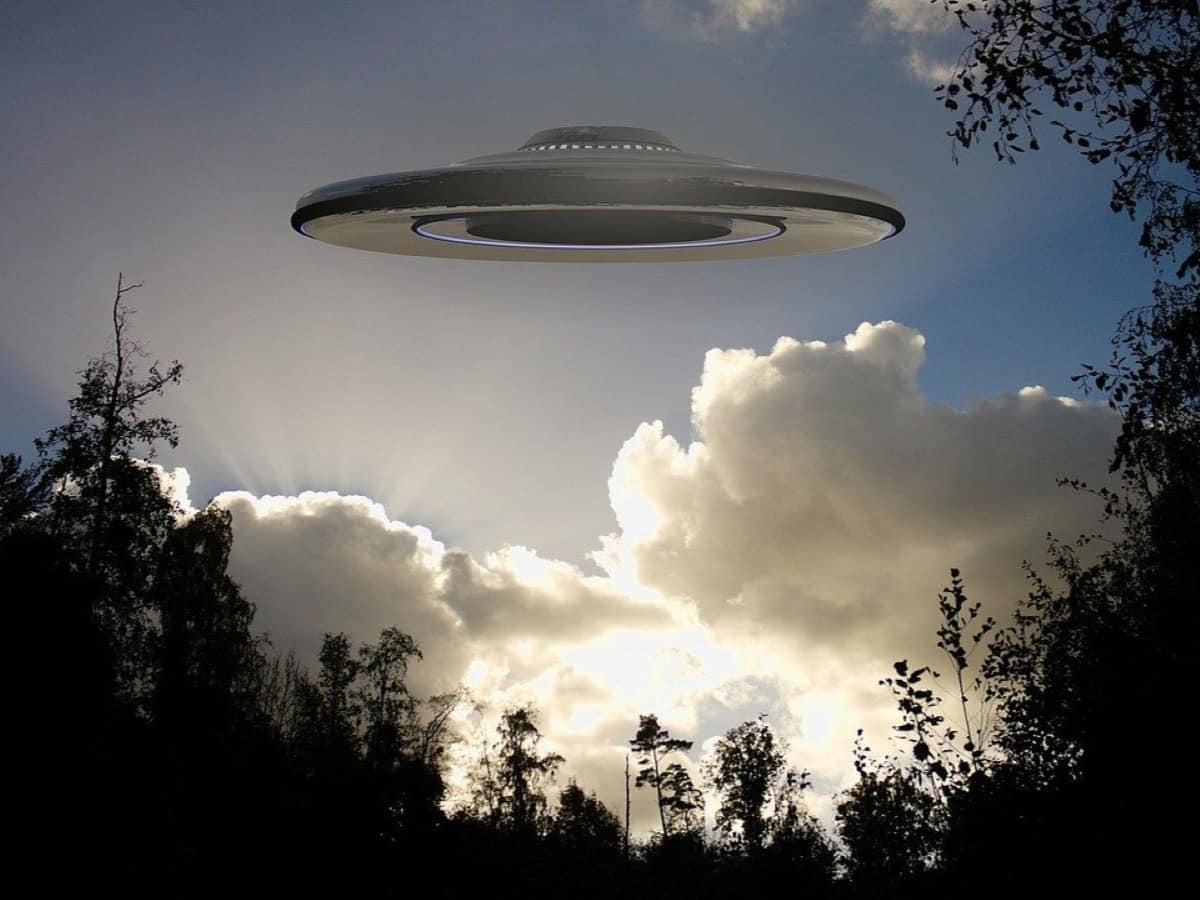

The US wants to remove years of skepticism and stigma surrounding the whole subject of Unidentified Flying Objects.
There is a never before seen US government’s transparency and openness regarding UFOs in recent times that has encouraged another major international authority the National Aeronautics and Space Agency to come forward officially and declare that it would be studying these phenomena.
Some years back the US officially was completely tight-lipped on the issue of UFOs and there was a virtual clampdown on any kind of official views on this subject. A large number of people did not come out openly even if they see a UFO for fear of being laughed at or considered crazy.
What has led to the change is not known. However huge popularity of social media with almost everyone having a camera today, the growing number of sightings, and everything posted online, may have something to do with it.
According to US official record, it had a database of 400 UFO sightings in 2021 compared to 143 in 2020.
The figures were given at a US Congressional hearing a first-ever on this subject.
However, nothing had been so far found that was “non-terrestrial” and “no evidence of aliens” had been found. Neither there was any scientific explanation for the swift maneuverability of the crafts and where they originated from.
Instead of calling these sightings UFOs ( unidentified flying objects), they are nowadays being called unexplained aerial phenomena or UAPs, by the military.
The sightings are supposed to have increased due to improved sensors, and an increase in drones and other non-military unmanned aerial systems.
The US military has now urged pilots who happen to make these sightings to come forward with what they see. Interestingly many people are coming forward with evidence of what they saw even many years ago, given the transparency of the government.
A Standard Operating Procedure has been prepared for Navy and Air Force officers who make such sightings in the US.
Now the internationally renowned space agency of the USA, the National Aeronautical and Space Agency has decided to study UFOs.
It is officially commissioning a study team to examine UAP (unidentified aerial phenomena) which includes UFOs from a scientific perspective.
The US $100,000 study will focus on identifying available data, how best to collect future data, and how NASA can use that data to move the scientific understanding of UAPs forward.
The limited number of observations of UAPs currently makes it difficult to draw scientific conclusions about the nature of such events, says NASA.
Unidentified phenomena in the atmosphere are of interest for both national security and air safety. Establishing which events are natural provides a key first step to identifying or mitigating such phenomena, which aligns with one of NASA’s goals to ensure the safety of aircraft, NASA points out.
There is no evidence yet that UAPs are extraterrestrial in origin.
“NASA believes that the tools of scientific discovery are powerful and apply here also,” said Thomas Zurbuchen, the associate administrator for science at NASA Headquarters in Washington. “We have access to a broad range of observations of Earth from space – and that is the lifeblood of scientific inquiry. We have the tools and team who can help us improve our understanding of the unknown. That’s the very definition of what science is. That’s what we do.”
NASA has, however, coordinated widely across the government regarding how to apply the tools of science to shed light on the nature and origin of unidentified aerial phenomena.
The agency’s independent study team will be led by astrophysicist David Spergel, who is president of the Simons Foundation in New York City, and was previously the chair of the astrophysics department at Princeton University in Princeton, New Jersey.
“Given the paucity of observations, our first task is simply to gather the most robust set of data that we can,” said Spergel. “We will be identifying what data – from civilians, government, non-profits, companies – exists, what else we should try to collect, and how to best analyze it.”
The study is expected to take about nine months to complete. It will secure the counsel of experts in the scientific, aeronautics, and data analytics communities to focus on how best to collect new data and improve observations of UAPs.
The best part is that NASA has said that it will share the report publicly in line with its principles of openness, transparency, and scientific integrity.



